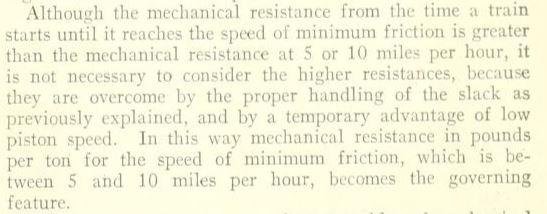 NickonWheels, on 20 December 2019 - 01:53 AM, said:
NickonWheels, on 20 December 2019 - 01:53 AM, said:
I don't believe that it is appropriate to do any more code changes until fuller research is done on appropriate starting friction values, and especially how they vary with temperature, load, etc. So far with all my code changes I have tried to base them on solid research information that I have found, and realistic test results rather then using my "gut feelings".
I would also want to see realistic test scenarios established to confirm whether or not we are meeting realistic performance expectations and standards.
For example, based upon appropriate tonnage ratings for a section of track, is OR performing realistically or not? You have quoted a couple of examples (Timken and Big Boy, etc), if these are set correctly, what load would we expect to be able to start? Can we start these published loads?
If you are interested in assisting in the above tasks (under my direction - it will take some effort on your part), I would be happy to consider reviewing the starting resistance model.
Thanks

 Log In
Log In Register Now!
Register Now! Help
Help





